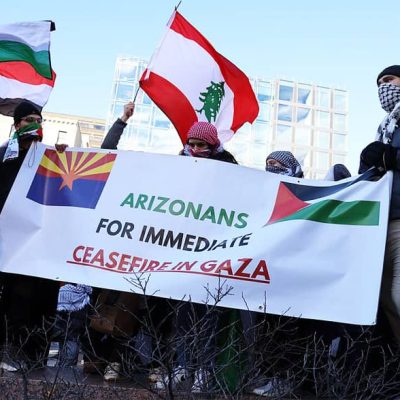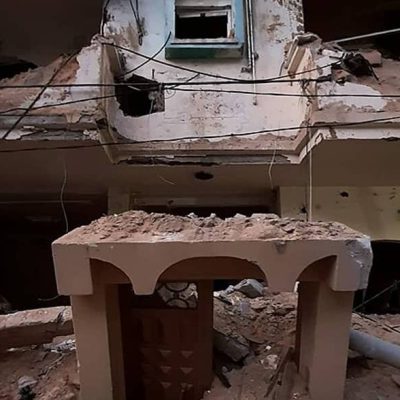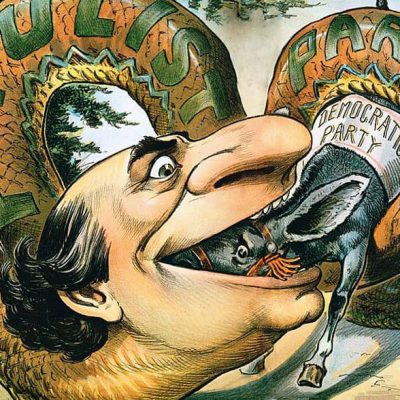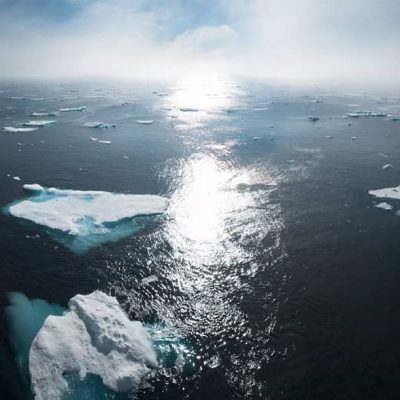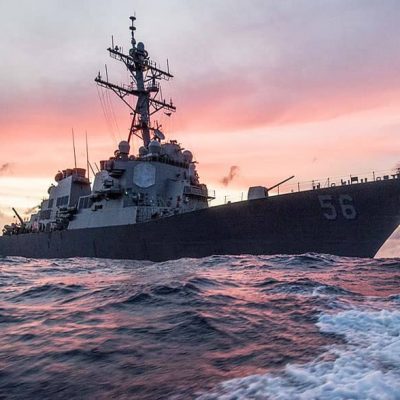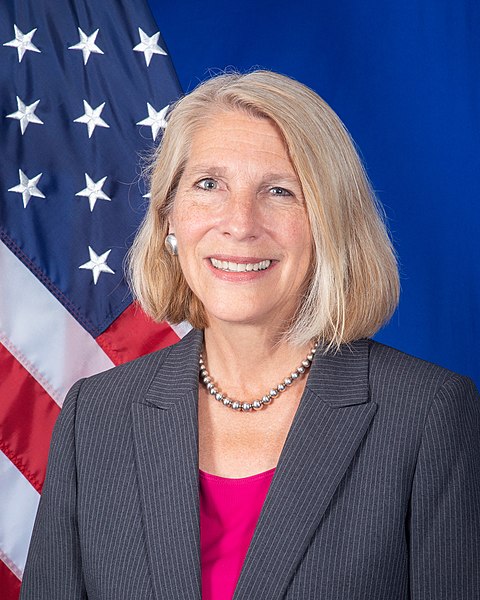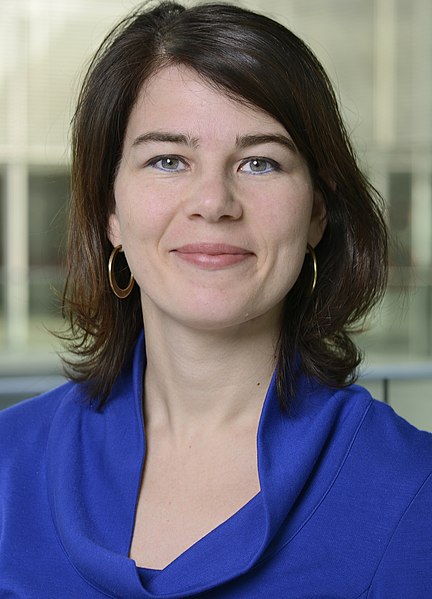 Appeals
Appeals
Dangers and Conflict Resolution Efforts in Moldova.
Featured Image: Official visit of the President of the Republic of Moldova Maia Sandu to Kyiv, January 12, 2021. Meeting with the President of Ukraine Volodymyr Zelenskyi. By President.gov.ua, CC BY 4.0 <https://creativecommons.org/licenses/by/4.0>, via Wikimedia Commons.
Recent statements by Russian military authorities; such as General Roustan Minnekaiev involved in the Ukraine conflict have drawn attention to what was often considered as a «frozen conflict» in Moldova. The situation of the Transnistrian region in Moldova has been considered as a frozen conflict due to its unresolved; but static condition since the violent confrontation in June 1992.
Transnistria is de facto independent with many state-like attibutes; and calls itself officially the Moldovian Republic of Dniestr. However; no other state, including the Russian Federation has recognized it as an independent state. There are, however; some 1500 Russian military permanently present in Transnistria. Transnistria had some 706, 000 inhabitants in 1991 at the time of the breakup of the Soviet Union.
Today, there are some 450,000 – probably less. Many, especially young people, have left to study or work abroad. Many in Transnistria have Russian passports in order to travel. The Transnistrian economy is in the hands of a small number of persons closely linked to the government.
There have been a number of negotiations between representatives of the government of Moldova; and those of the government of Transnistria; but which have led to no agreement as to a possible reintegration of Transnistria. Official negotiations have been complemented by Track II efforts; informal discussions in which members of civil society also participated. The newly elected, in November 2020; President of Moldova Ms Maia Sandu has been actively speaking of the reintegration of Transnistria into Moldova. Her position has been strongly supported by the government of Ukraine; which sees the parallel with their situation concerning the two People’s Republics: the People’s Republic of Donetsk and the People’s Republic of Luhansk.
Return of released citizens to the territory controlled by Ukraine, December 29, 2019. By President.gov.ua, CC BY 4.0 <https://creativecommons.org/licenses/by/4.0>, via Wikimedia Commons.
You might interest read: Vital Autonomy for the People’s Republic of Donetsk and the People’s Republic of Luhansk. The Way Ahead.
There is a danger that the frozen conflict of Moldova begins to melt. Russian military authorities involved in the Ukraine conflict have spoken of a possible creation of a land route between Crimea and Transnistria. In adddition; there have been recently a number of rocket attacks; possibly by Ukraining forces; on to Transnistria damaging radio-TV towers used by Russian broadcasting. While it is unlikely that the fighting in Ukraine spreads to Transnistria and Moldova; the situation must be closely watched and preventive discussions put into place.
Rene Wadlow, President, Association of World Citizens.

Presidente, Asociación de World Citizens (AWC).
Cursó Estudios de Relaciones Internacionales en La Universidad de Chicago.
Cursó Estudios en el Programa Especial de Civilización Europea en
La Universidad de Princeton
Here are other publications that may be of interest to you.
Prevenir la expansión del conflicto de Gaza: ¿Son posibles las brigadas de paz?
Antony Blinken, el secretario de Estado de Estados Unidos, ha estado nuevamente en Medio Oriente trabajando para evitar que la violencia de la Franja de Gaza se extienda a gran…
Ciudadanos del Mundo Piden un fin Inmediato a las hostilidades entre Israel y Hamás, y por un esfuerzo auténtico de construcción de Paz en Oriente Medio.
Imagen destacada: El impacto del bombardeo israelí sobre un edificio civil en Gaza (2021). Por Osama Eid, CC BY-SA 3.0 https://creativecommons.org/licenses/by-sa/3.0, via Wikimedia Commons. La Asociación de Ciudadanos del Mundo,…
Transformación del Populismo en Europa y las Américas: Historia y Tendencias Recientes.
Imagen de portada: Caricatura de juez de 1896 que muestra a William Jennings Bryan/Populismo como una serpiente que se traga a la mula que representa al Partido Demócrata. Por la…
Día Internacional de los Océanos.
Imagen destacada: Foto de Marek Okon, Unsplash. Es necesario avanzar en las delimitaciones marítimas asiáticas. . El 8 de junio ha sido designado por la Asamblea General de las Naciones Unidas como…
Siria: El Comienzo de una noche de dolor.
Featured Image: Photo by Ahmed akacha: https://www.pexels.com/es-es/foto/gente-demostracion-rally-protesta-7183546/ Por Rene Wadlow. El 13 de marzo de 2011 en Derra, en el sur de Siria, 15 adolescentes fueron arrestados por la policía…
Yemen: Aún se necesita Acción Positiva.
Imagen destacada: El Reino Unido acogió la reunión de Amigos de Yemen el 27 de septiembre de 2012 en Nueva York junto con los coanfitriones del Reino de Arabia Saudita…
Medidas para crear Confianza en Asia-Pacífico: Revertir la Deslizamiento hacia la Violencia.
Imagen destacada: Foto de wu yi, Unsplash Con los militares estadounidenses y chinos comprometidos cerca de Taiwan, un error de cálculo podría conducir a la violencia armada. El conflicto armado en…
Enfoque de la ONU sobre las consecuencias del Cambio Climático.
Imagen destacada: Foto por William Bossen, Unsplash El 20 de marzo de 2023, el Panel Intergubernamental sobre el Cambio Climático (IPCC) publicó un Informe de síntesis basado en sus tres informes…
Medidas efectivas para proteger nuestros océanos
Imagen destacada: Foto por Dave Hoefler, Unsplash. El 4 de marzo de 2023, en las Naciones Unidas en Nueva York, se dio un paso importante hacia la protección de los océanos…
Ruido de Sables en el Mar de China Meridional.
Imagen destacada: El USS John S. McCain realiza una patrulla de rutina en el Mar de China Meridional, el 22 de enero de 2017. El destructor de misiles guiados apoya…

